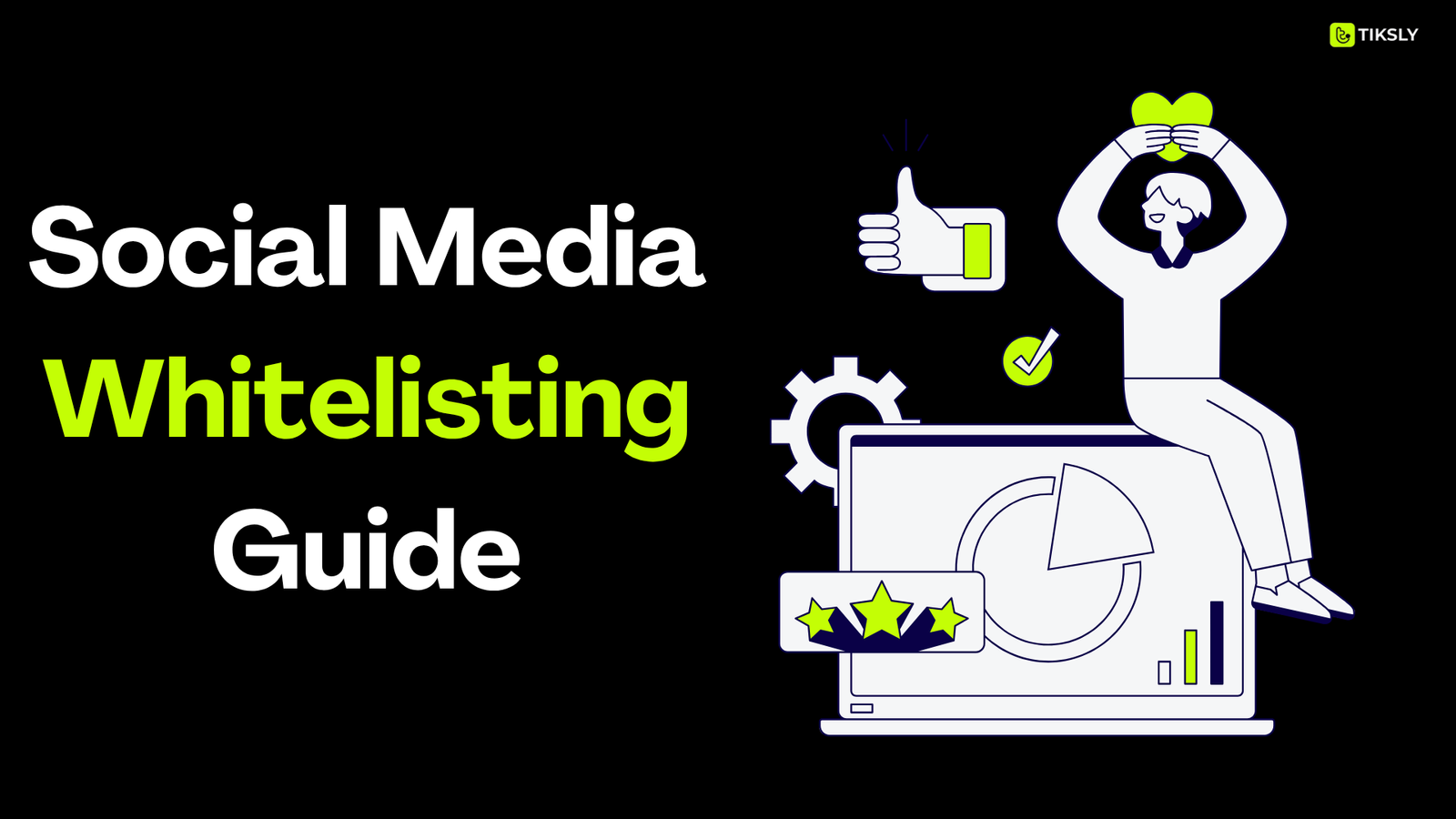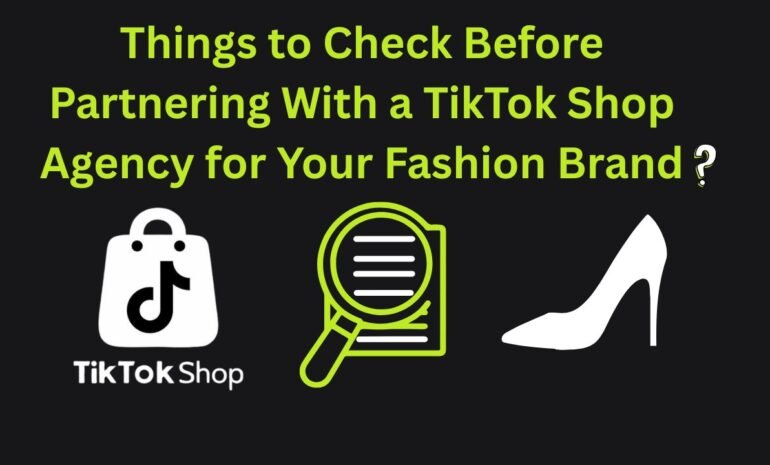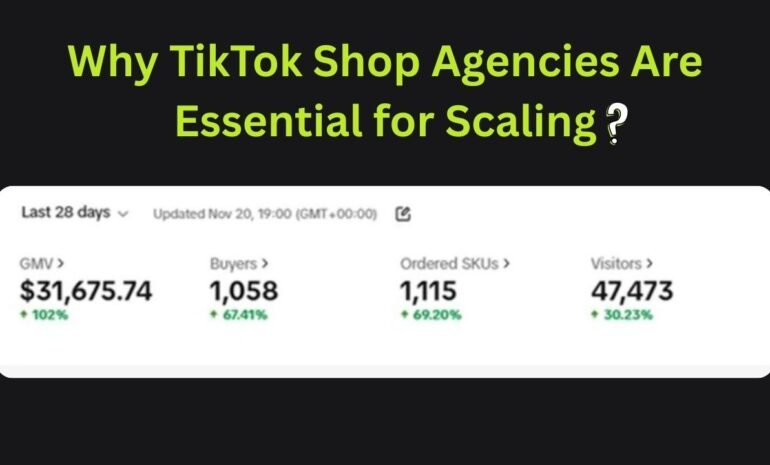Trends in digital marketing change often, but one thing stays the same, people want content that feels personal. Around 71% of consumers say they prefer ads tailored to their interests.
One strategy that taps into this demand is social media whitelisting.
Instead of running ads from a brand’s own account, whitelisting lets brands promote content directly from an influencer’s profile. And it works. Whitelisted influencer ads perform 20 to 50% better than standard brand ads.
A big reason for this is trust. In 2023, influencer trust rose to 61%, up from 51% just a few years ago. People trust people more than they trust logos, and that trust drives real results.
In this guide you’ll learn what social media whitelisting is, how it works, what types of whitelisting exist, the pros and cons for both brands and influencers, and real examples that show the impact.
If you’re a brand, marketer, or creator, this guide will help you use influencer whitelisting to connect with your audience in a more authentic and effective way.
First let’s understand what social media whitelisting actually is.
What Is Social Media Whitelisting?
Social media whitelisting is when a creator gives a brand permission to run paid ads using their handle, content, or both. These ads appear to come directly from the influencer’s profile, rather than the brand’s page.
This subtle shift makes a big impact. The content feels more native, blends into the feed, and carries the influencer’s voice and credibility. Instead of looking like a traditional ad, it looks like a trusted recommendation, which naturally leads to higher engagement and stronger brand recall.
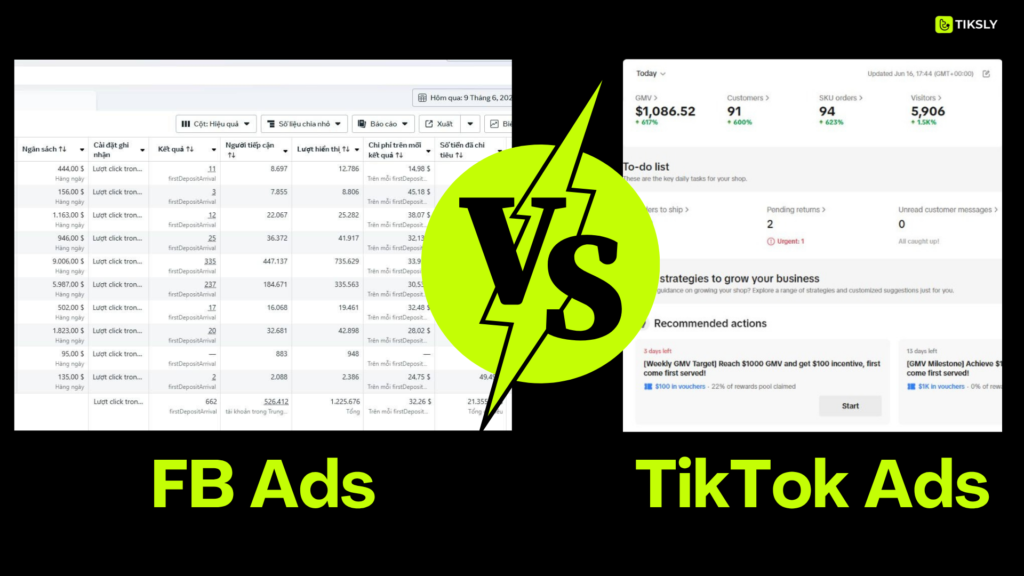
Whitelisting also gives brands more control than a typical influencer post. They can A/B test content, tweak copy, adjust targeting, and extend the lifespan of high-performing influencer posts, all while maintaining that authentic, peer-to-peer feel.
For creators, it opens up new income streams and lets their best content go further, without needing to constantly post or promote.
Different Types of Influencer Whitelisting
There isn’t just one way to run a successful influencer whitelisting campaign. Depending on the platform, whether it’s Meta (Facebook and Instagram), TikTok, or YouTube, brands can choose from several formats to collaborate with influencers. Here are four of the most common methods, explained with examples and insights.
Boosted Branded Content
This method involves the influencer posting organic content that tags the brand they’re working with. Once the content is live, the brand can boost it using the influencer’s account access. The post then appears more widely across feeds, reaching beyond the influencer’s current audience.
This content is authentic because it’s created by the influencer, not the brand. It looks and feels like a regular post, except it’s amplified to reach more people. To the average user, it’s hard to tell whether the influencer or the brand is managing the ad behind the scenes.
This type of whitelisting comes with several benefits and also a few limitations. Let’s have a look at them
Pros
- Quick and easy to scale
- Keeps the influencer’s original voice intact
- No need for brands to create their own assets
Limitations
- Brands only get access to the specific boosted content, not the influencer’s full audience data
- Reach is generally limited to the influencer’s existing followers
Whitelisted Partnership Ads
The next type is whitelisted partnership ads.These are paid ads created from sponsored content the influencer has already posted. In a typical partnership, the influencer shares a post featuring a product or brand and uses required disclosures like #ad or #sponsored.
What sets whitelisted partnership ads apart is the brand’s ability to gain access to the influencer’s account and then amplify that post or repurpose it into new ads, complete with updated captions, calls-to-action, and targeting options.
Instead of relying only on the influencer’s reporting, the brand gets access to full campaign performance data. They can control who sees the ad, test creative variations, and retarget or build lookalike audiences for better ROI.
Below, you can find the pros and cons of this type of influencer whitelisting.
Pros
- Greater creative control
- Deeper targeting and performance tracking
- Ability to extend the campaign’s life
- Use of influencer’s handle adds authenticity
Limitations
- Meta may place restrictions on audience targeting if the influencer limits access
- Requires setup via Meta Business Suite or other tools
Dark Posting
Dark posts are ads that don’t appear on the influencer’s public feed but are shown only to specific target audiences as sponsored content. The influencer never publicly posts the content, yet it appears under their handle in users’ feeds.
This format gives brands more flexibility. They can test multiple versions of a message without cluttering the influencer’s profile and reach new segments of audiences more precisely. Some of its advantages and limitations have been mentioned below.
Pros
- Ideal for A/B testing creative variations
- Doesn’t affect the influencer’s public profile or brand
- Higher ROI compared to organic reach (which averages only 5.5%)
- Custom targeting for different audience segments
Limitations
- Less organic engagement since it’s not visible on the influencer’s profile
May require more advanced ad setup knowledge
Allowlisting (Full Access)
Allowlisting is another term for whitelisting, but it typically refers to more extensive access. In this setup, the influencer grants the brand full control over their ad permissions via business platforms like Meta Business Manager or TikTok Business Center.
With full access, brands can create content, manage targeting, view insights, and even respond to comments under the influencer’s handle (if permissions allow). It’s the most hands-on version of whitelisting. Its pros and cons include the following.
Pros
- Complete control over content creation and audience targeting
Full visibility into campaign metrics - Ability to upload custom creatives and adjust campaigns in real time
Limitations
- Requires high trust between influencer and brand
- Needs careful handling to maintain the influencer’s voice and authenticity
- Some influencers may be reluctant to hand over full access
Now you have understood the types of social media whitelisting, let’s have a look at how you can utilize these on different social media platforms.
How to Set Up Influencer Whitelisting on Facebook, Instagram, and TikTok
Each platform has its own way of handling influencer whitelisting. Here’s how to get started with Facebook, Instagram, and TikTok.
Facebook & Instagram (with Meta Business Suite)
Follow these steps for Facebook and Instagram
Step 1: Confirm the Influencer’s Account Setup
Before getting started, make sure your influencer has:
- A Facebook Page
- An Instagram Business or Creator account
Both should be connected to their Meta Business Manager. If these profiles aren’t properly linked, you won’t be able to advertise using their identity.
Step 2: Request Access to Their Digital Assets
Inside your Meta Business Suite:
- Go to Business Settings → Users → Partners → Add
- Select “Request Access to a Partner’s Assets”
- Enter the Business Manager ID provided by the influencer
- Ask for access to their Facebook Page and Instagram account
Once the influencer approves your request, their accounts will appear in your Ads Manager, allowing you to run campaigns from their handle.
Step 3: Grant the Necessary Permissions
To run ads on behalf of the influencer, you’ll need specific access. In Business Settings under Accounts → Pages, make sure to assign:
- Permission to create ads
- Permission to view performance data
These permissions ensure your business can use their profile to launch campaigns and monitor results.
Step 4: Build and Launch the Campaign
In Meta Ads Manager, begin creating your ad campaign:
- When choosing Ad Identity, select the influencer’s Facebook Page and Instagram account
- Use content from the influencer’s profile or upload custom creatives
- Set your audience targeting, budget, and scheduling
Once everything is set, you’re ready to go live with your whitelisted ad
TikTok (Spark Ads)
TikTok whitelisting is often referred to as Spark Ads that allows influencers to grant brands the rights to use their original content for paid promotions, directly from their own TikTok account. It means brands take a creator’s genuine, organic video and transform it into a paid ad, without losing its natural feel.
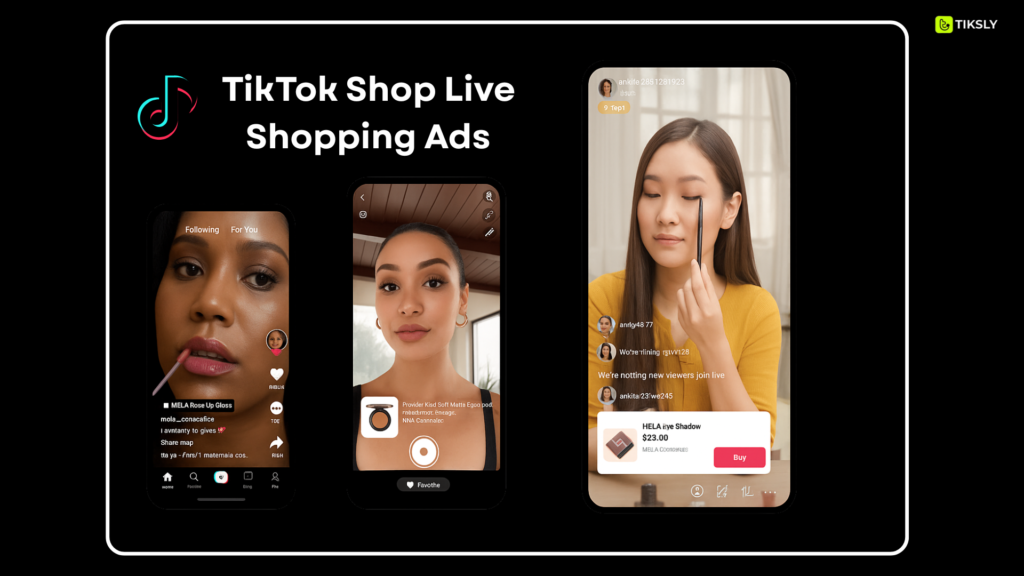
This approach lets brands promote products through authentic content that feels natural, not like a typical ad. Spark Ads keep TikTok’s interactive features like, comments, and shares, boosting reach and engagement.
Here is an example of a case study. Photomyne is a photo app designed to preserve digital memories. To boost brand awareness and drive app downloads, they tapped into TikTok’s Spark Ads by teaming up with mid-tier creators across niches like DIY, Art, Tech, Family, and Parenting. The results were outstanding.
Photomyne saw a 5x surge in video views, double the engagement, and a 275% jump in app installs. They also cut video production costs by 28% each month and slashed the cost per acquisition (CPA) for their free trial by 50%.
By leveraging creator content and Spark Ads, Photomyne not only reached new audiences but also expanded across different regions that made their app suite gain viral momentum.
If you’re looking for content creators to boost engagement and drive sales, our TikTok Shop Agency can connect you with right influencers who align with your brand voice and have the power to elevate your sales.
Here is the step-by-step process.
Step 1: Influencer Enables Ad Authorization
Creators need to:
- Go to their profile settings
Tap Creator Tools → Ad Settings - Enable Ad Authorization
Step 2: Receive Spark Code
Once their content is live:
- They open the video
- Tap Ad Settings → Authorize the post
- Generate a Spark Code and share it with you
They can choose how long you can run the ad (from 7 to 365 days).
Step 3: Set Up Spark Ad in TikTok Ads Manager
- Choose Spark Ads as your format
- Select Use TikTok Account to Deliver Spark Ads
- Paste the Spark Code
- Launch the ad with your targeting and budget.
Here’s how the whitelisting process differs between TikTok and Meta platforms like Facebook and Instagram
TikTok vs Facebook/Instagram Whitelisting
|
Feature |
TikTok (Spark Ads) |
Facebook/Instagram (Meta Suite) |
|---|---|---|
|
Ad Type |
Uses existing organic video |
Custom ad from influencer’s handle |
|
Setup |
Requires Spark Code per post |
Requires Business Manager integration |
|
Editing Content |
Can’t edit captions |
Can edit copy, creatives, CTAs |
|
Ad Permissions |
Given per post (via code) |
Given via backend access (Meta Suite) |
|
Analytics Access |
Limited to post-level data |
Full campaign insights & A/B testing |
|
Best For |
Quick boosts with native TikTok style |
Full-funnel campaigns and advanced targeting |
Legal & Compliance Considerations
When using influencer whitelisting, it’s crucial to stay on the right side of the law. Here’s what you need to know to keep your campaigns compliant:
- FTC Disclosure Requirements:
In the U.S., influencers and brands must make clear and conspicuous disclosures (e.g., #ad, “Paid Partnership”) on sponsored content. The FTC defines a “material connection” (money, gifts, etc.) and requires it to be prominently disclosed. - Influencer Agreements & Content Accuracy:
Agreements should require influencer honesty about the product, ensure the influencer actually used the product, and prohibit unsubstantiated claims. - Clear & Conspicuous Guidelines:
Digital disclosures must be unavoidable, not buried in hashtags or behind paywalls. The FTC updated guidelines emphasize readability and placement. - International & Child-Focused Compliance:
Privacy laws like GDPR and stricter rules apply to influencer ads targeting minors. - Monitoring & Enforcement:
Brands should build compliance checks into campaigns and review all content before publishing and monitor influencer behavior.
How Much Do Influencers Charge for Whitelisting?
Influencer whitelisting typically costs more than a standard sponsored post, often by 25% to 100% more for a 30-day period. This premium reflects the added value of running ads through an influencer’s account, giving brands access to highly engaged audiences and authentic content.
According to industry data, 51% of influencers charge extra for content amplification services like whitelisting or boosting. However, pricing isn’t one-size-fits-all. Several key factors influence how much an influencer may charge:
Key Pricing Factors
1. Audience Size
- Influencers with larger followings command higher fees thanks to their broader reach and greater credibility.
- Micro and nano influencers, while more affordable, may offer competitive rates with shorter-term agreements and higher engagement rates.
2. Campaign Duration
- Longer partnerships typically justify higher fees. Extended whitelisting agreements may include premium rates to account for ongoing use of an influencer’s likeness and content.
- Negotiation tips:
- Lock in rate escalations for contract extensions
- Consider volume discounts for long-term or multi-influencer campaigns
Spark Ads & Compensation Models
When running Spark Ads (TikTok’s native whitelisting format), influencers can be compensated in one of two ways
- Flat Fee: A fixed amount paid regardless of ad performance.
- Performance-Based: Payment is tied to specific metrics like clicks, conversions, or engagement.
To protect influencers in performance-based deals, it’s essential to include a minimum guaranteed payout in the contract. This ensures they receive fair compensation even if the ad underperforms.
Ad Spend Transparency & Verification
To build trust and ensure fair compensation, influencers should be granted access to spend data and ad performance. Contracts should include clauses that allow influencers to verify ad spend through:
- Direct platform access
- Detailed spend reports
- Third-party tracking tools
This level of transparency protects influencers and helps both parties maintain a fair, performance-aligned partnership.
Why Social Media Whitelisting Is a Win-Win for Brands and Influencers
Social media whitelisting isn’t just effective, it benefits both sides of the partnership. Here’s why brands and influencers are increasingly embracing this strategy.
For Brands: Better Control, Better Results
- Better Performance
Ads that feel native to a user’s feed because they come from an influencer’s profile can perform up to 50% better than traditional brand ads. - Improved Targeting
With access to the influencer’s ad permissions, brands can run A/B tests, retarget viewers, and fine-tune campaigns for optimal results. - Higher Engagement
Whitelisted content carries the authentic voice and trust of the influencer, leading to more likes, shares, and conversions.
For Influencers: More Reach, Less Work
- Monetization
Influencers can charge extra for giving brands access to their ad handles, adding a new revenue stream without more content creation. - Increased Exposure
Brands often put serious ad spend behind whitelisted content, helping influencers reach far beyond their organic following. - Less Work
Since the brand creates and manages the ads, influencers benefit from increased visibility without lifting a finger after approval.
Conclusion
Social media whitelisting isn’t just a buzzword, it’s one of the most effective ways to run high-converting, trust-driven ad campaigns in 2025. Whether you’re a brand or creator, understanding this tool can unlock serious growth.
Ready to start whitelisting? We’ll connect brands with the right TikTok creators and vice versa, manage the process, and keep campaigns authentic and high-converting. Partner with our TikTok Shop Agency today.
FAQs
What is whitelisting on social media?
Whitelisting on social media is when an influencer grants a brand permission to run paid ads using the influencer’s content, handle, or both. These ads appear to come directly from the influencer’s profile, making them feel more authentic and trustworthy to viewers. This practice helps brands reach wider audiences while maintaining the credibility of the creator’s voice.
What is needed for whitelisting?
To run a whitelisting campaign, you typically need:
- An agreement between the influencer and the brand outlining permissions, duration, and compensation
- Platform-specific setup:
- For Meta (Facebook/Instagram): The influencer must have a Business or Creator account linked to Meta Business Manager
- For TikTok: The influencer must enable Ad Authorization and provide a Spark Code
- Access tools like Meta Business Suite to manage permissions
- Compliance with FTC disclosure guidelines
What is an example of whitelisting influencers?
A beauty brand partners with an influencer who posts a video reviewing their skincare product. After posting, the influencer grants the brand permission to run that video as a Spark Ad on TikTok. The ad appears under the influencer’s profile, allowing the brand to reach new audiences using the creator’s voice and social proof. That’s whitelisting in action.
How much should an influencer charge for whitelisting?
Whitelisting typically costs 25% to 100% more than a regular sponsored post, depending on factors like:
- Audience size (macro influencers charge more)
- Campaign duration (longer access means a higher fee)
- Performance model (flat-fee vs. performance-based)
- Ad usage rights and how broadly the content will be promoted
For example, an influencer who charges $1,000 for a post might ask $1,250 to $2,000 for a 30-day whitelisting agreement. Some influencers also include a minimum guaranteed payout for performance-based deals.

